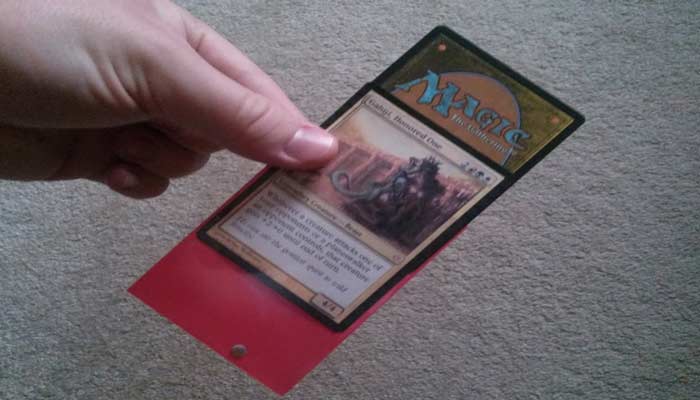Jenelle
I want to live in a world where we embrace our individuality. I want to live in a world where we are encouraged to innovate- to seek new solutions to every day problems that will ultimately affect our future generations. Hi! I'm Jenelle. Though these days I am most frequently referred to as Mommy, I used to hold such titles as President, Waitress, College Student, Mud Bog Racer, and I even donned a big furry cat suit in high school as Suzy Stateliner- the school mascot! Between crushing cars with Monster Jam trucks, judging silly dance contests, and those other less fun household chores... I rescue clothing and textiles from our landfills.
Click Here to Leave a Comment Below
0 comments

